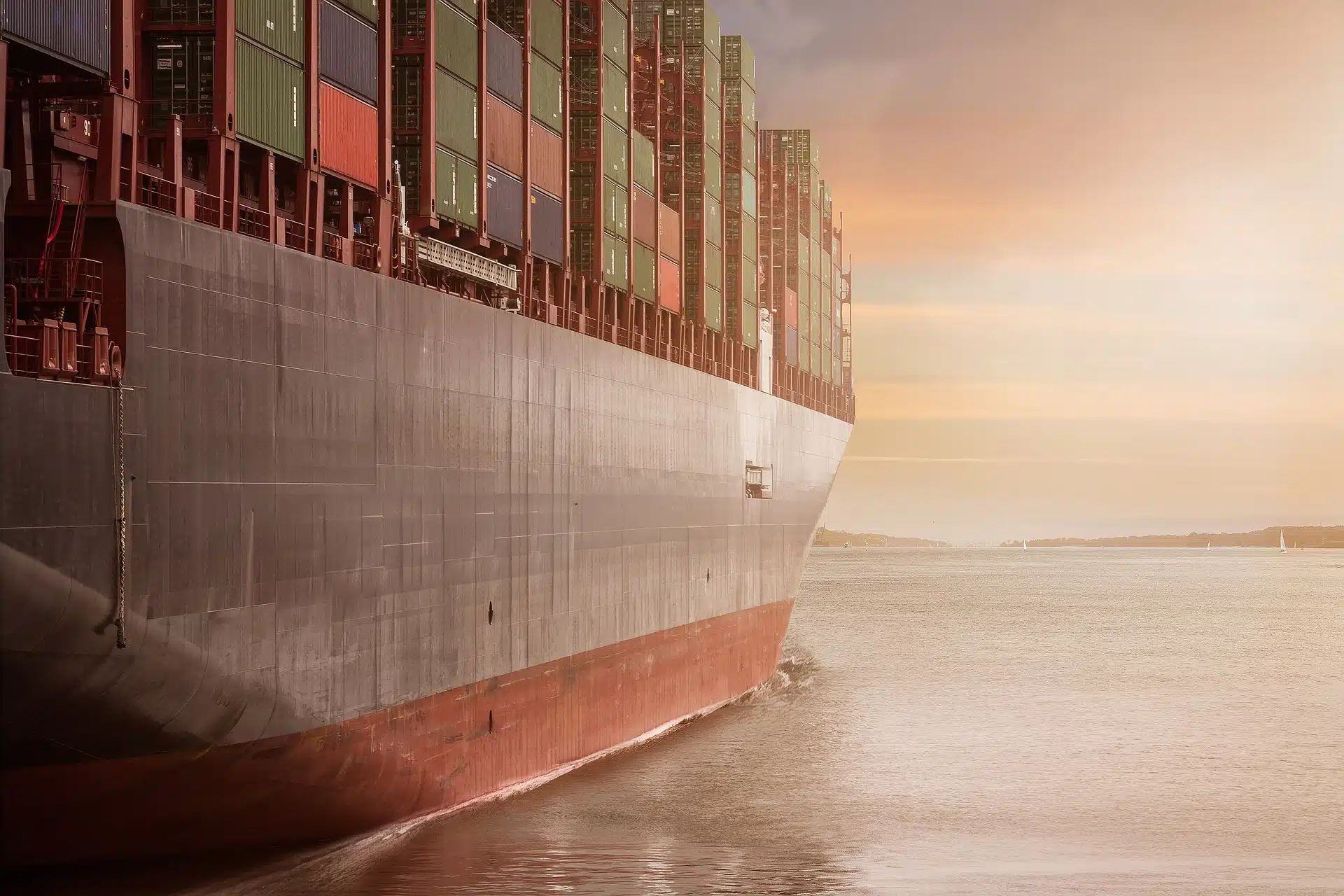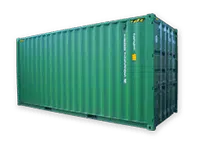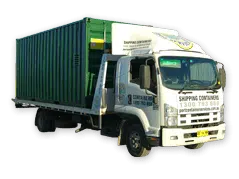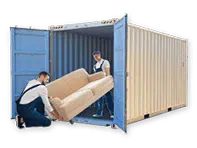The site of shipping containers has become commonplace in the modern era, transporting goods across international borders with ease (the obvious exception being the Ever Given / Suez Canal incident!). However, the use of shipping containers for global trade is a fairly recent occurrence in modern history, an advancement which has completely impacted the way we live and do business. Here’s an overview of the impact shipping containers have on the global economy.
-
Overview of the history and development of shipping containers
While shipping containers have been in use for centuries, it was only in the 1950s that they were adopted more extensively for global trade. This was after the invention of the intermodal shipping container in 1956, designed by entrepreneur Malcolm McLean from the United States. Driven to streamline the movement of containers from road to rail and sea, he created a container that cut down unloading time by up to three weeks. The first-ever container ship, a converted World War II tanker Ideal X sailed from Newark to Houston. Just over a decade later, this became the standardised container used by shipping companies used worldwide.
2. The impact of shipping containers on global trade
Shipping containers drastically reduced transportation costs, making international trading more efficient and cost-effective than ever before. In fact, the creation of the shipping container is considered one of the biggest drivers of globalisation with The Economist reporting: “…the shipping container has been more of a driver of globalization than all trade agreements in the past 50 years together.” Every ship had to be completely redesigned to the dimensions of these containers, with the speed and convenience causing shipping costs to plummet. We now had a reality where importing manufactured goods from the other side of the world was cheaper than buying them locally.
Some examples of the shipping container impact include:
- Adjusted maritime infrastructure
All new port infrastructure was now designed to accommodate metal freight containers while existing ports had to be altered accordingly. This included the arrival of container depots for the safe storage of shipping containers.
- Increased mechanisation
With the arrival of shipping containers, relying on a human labour force become untenable. Machinery was required to offload and unload containers, as well as moving them in and around locations.
3. Benefits of using shipping containers in global trade
Shipping containers provide a secure way to transport goods while also reducing damage due to weather or other external factors during transit. However, this is just one of many benefits associated with this logistical development.
-
Reduced time to market
Before the shipping container, transporting goods at volume was far too costly because of the loading and unloading. However, containers have streamlined this making the time to market rapidly reduced. This has allowed for the transportation of more consumables as expiration dates remain intact.
-
Massive volumes
Shipping containers can accommodate up to 24 000 TEU which allows for the transportation of mass volumes of perishable and non-perishable items. In fact, more than 90% of merchandise moves via these containers globally.
-
Synchronisation of the global supply chain
The arrival of shipping containers advanced the global supply chain through automation. From sea to rail to road, the transport industry is now much more interconnected and, with the implementation of GPS tracking, there’s more accountability.
-
Cost savings
With the automation of the supply chain reducing labour costs, alongside the massive reduction in loading and unloading times, the shipping container completely slashed costs associated with import and export. This made prices lower for consumers, and profits bigger for companies along the supply chain.
-
Simple storage
Shipping containers aren’t only a great solution for transporting goods, because they’re such a quality-made item, they’re essentially warehouses themselves. All goods being transported inside these containers are also protected from weather or handling.
-
Safety and security
As part of international standardisation, all shipping containers are constructed from steel and, once locked, they cannot be broken into. This means that all stored goods are kept safe and secure, with no risk of goods being stolen or accidentally falling out. For high-value goods, companies may even install tracking devices on the containers for added security.
4. Challenges posed by using shipping container technology
Despite its many benefits, there are some challenges associated with using shipping container technology such as limited storage space and difficulty tracking shipments over long distances. Some other challenges experienced include:
- Difficulty in moving data securely between cloud providers.
- A lack of management and performance toolsets.
- High costs associated with advanced technology models.
5. How companies are adapting strategies to take advantage of new technologies
Companies are exploring ways to use data analytics and automation technologies to improve their efficiency when transporting goods via sea freight or air cargo services. By fitting sensors, companies can create ‘smart containers’ that track geolocation, temperature fluctuation, shock and locking systems. This will inform more innovative strategies that are driven by data while also streamlining operations and cutting costs.
6. Future outlook for the role of shipping containers in global trade
As more countries invest in infrastructure projects such as ports, airports, railroads and highways that facilitate faster movement of goods across borders, the importance of utilising modern methods of shipping container transportation is expected to grow. Despite political and economic challenges such as war and trade tariffs, it’s predicted that global trade will continue to grow, making shipping containers in demand.
Shipping containers have revolutionized how goods are transported from one place to another and will likely continue to play an even bigger role in global trade as technology advances. When it comes to global shipping, Port Shipping Containers are the first ‘port of call’ whether you’re looking to buy or rent shipping containers.








